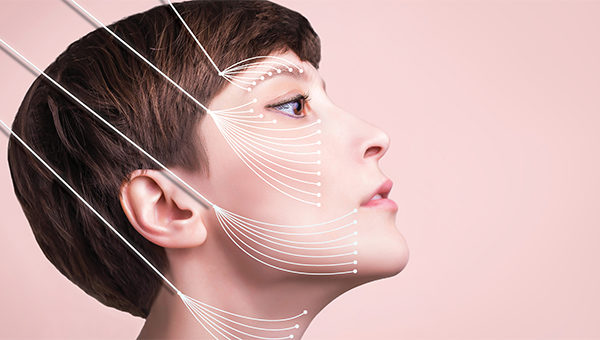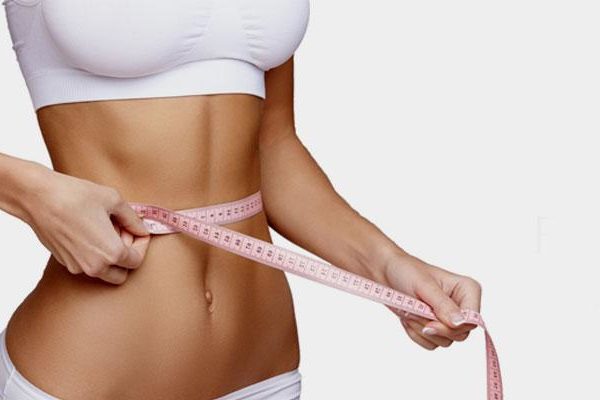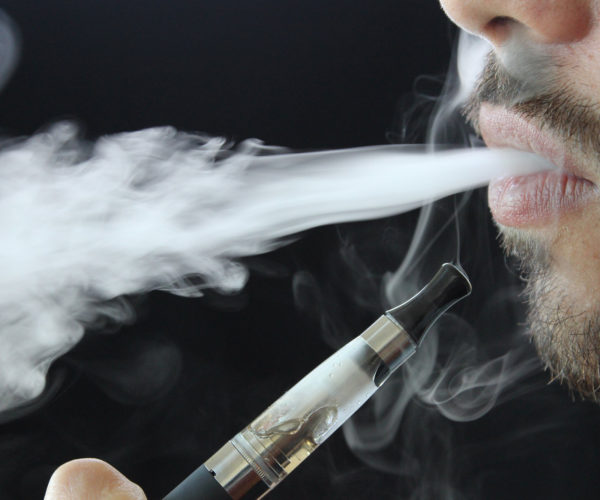Are you not comfortable about the shape of your face or breasts and would like to improve the appearance? If so, then you should try the thread lift procedure. Also known as a barbed suture lift, this cosmetic procedure is done to sculpt and lift the shape of a person’s breasts or face. This procedure uses temporary, medical-grade sutures to tighten up the skin so that it becomes firm. We recommend going to a professional like this thread lift Michigan option.
Thread lifts aren’t new and have been in use since the 1990s. Though the procedure has remained the same throughout the years, what has changed is the materials and technology used in performing it.
A majority of the people who opt for the thread lift surgery procedure are those in their late 30s to early 50s. The procedure works best on those in good health and are just starting to notice aging signs since the procedure’s subtle impact is much more visible on them.
Compared to a surgical facelift, a thread lift is a safer alternative for those who have medical conditions that make general anesthesia risky.
Thread Lift Cosmetic Surgery Procedure
Though the basic technique for thread lift is usually the same, the procedure may slightly vary depending on the targeted body area as well as the preference of your surgeon.
When being prepped for surgery, the surgeon will begin by applying alcohol together with a topical anesthetic on your skin around the targeted area. He or she will then instead threads underneath your skin by using a cannula or a thin needle in a process that takes between 30 to 45 minutes. After this process is complete, the surgeon will remove the cannula or needle used to insert the threads. Expect to feel tightening or light pressure under the skin after this is done.
The thread lift procedure will be complete within a few minutes after the insertion method has been removed and you will be free to leave the hospital.
Targeted Areas for this Procedure
The thread lift procedure is mainly done on areas on the face that sag or show the effects of aging. These areas include:
- Cheeks
- Forehead
- Under-eye area
- Brow line
- Jowls and jawline
As mentioned earlier, this procedure can be used on breasts to lift and tighten them, especially to correct the effects of weight loss and pregnancy.
Risks or Side Effects Associated with Thread Lift Procedure
Even though this procedure is known to pose few to no risks, there are some side effects and complication risks that those who undergo it might face. These side effects include:
- Slight pain at the site of the thread incisions
- Bleeding
- Swelling
- Bruising
- A 15% to 20% chance of dimpling
Some of the complications that you may experience after a thread lift are:
- Infection at the site of the procedure
- Pain from beneath the skin resulting from the being awkwardly placed or too tight
- The thread moving without intention resulting into the skin forming bulges or looking lumpy
- Visible pulling or dumping where the threads have been inserted
- Allergic reactions to the ingredients used in making the threads
You should immediately contact a physician if you experience:
- Fever
- Persistent headaches
- Swelling for more than 48 hours
- Red, brown, black, or green discharge from the site of the procedure




